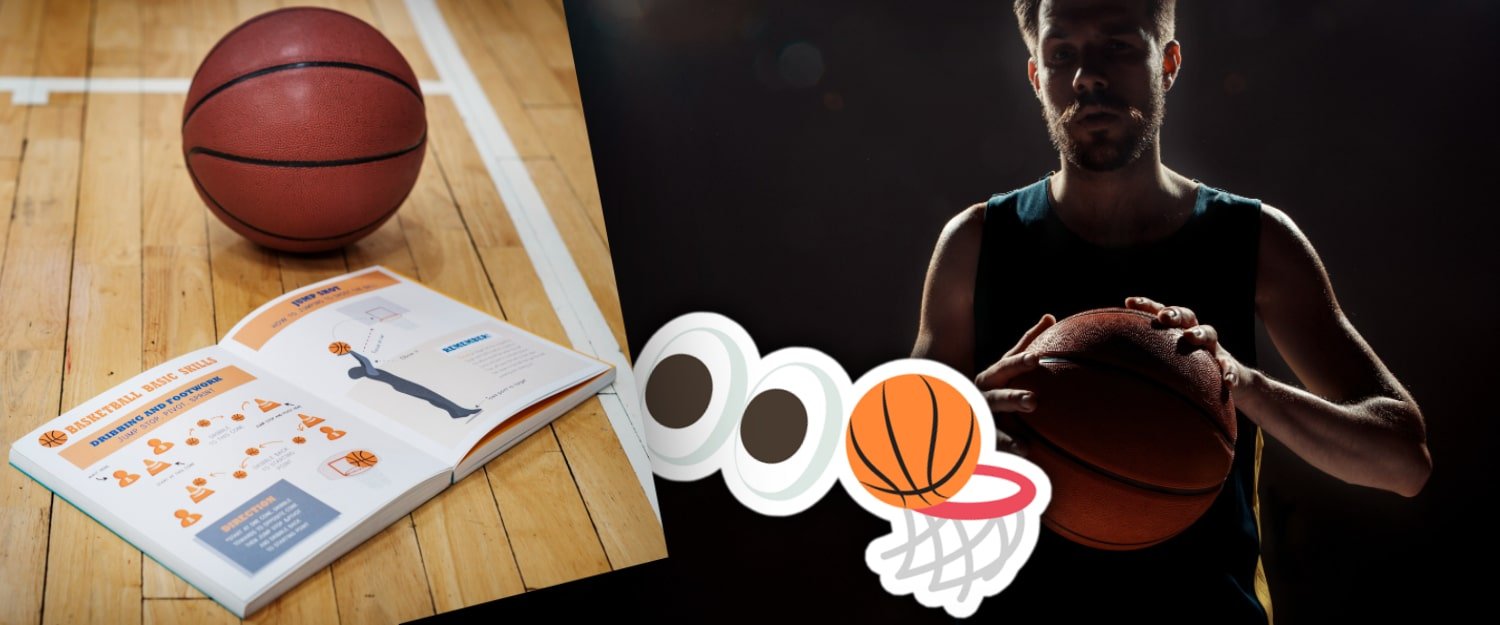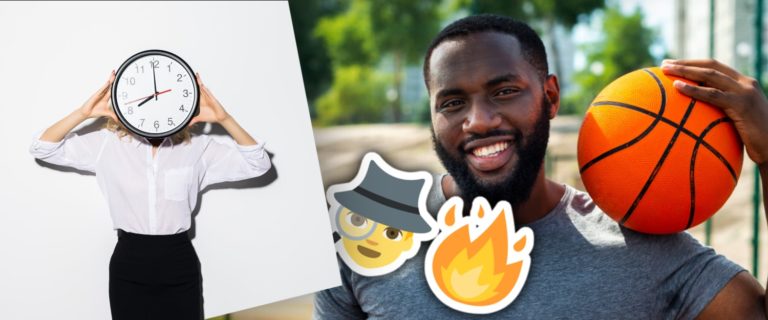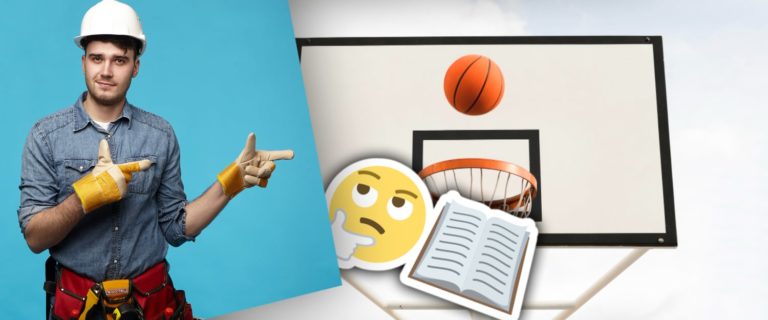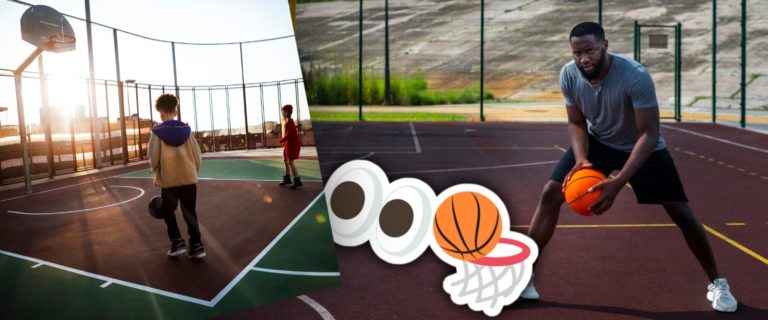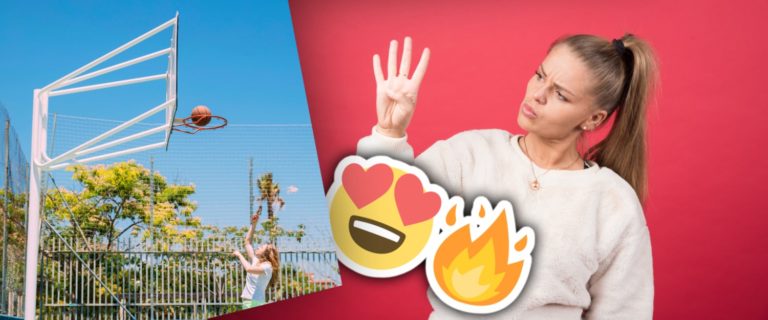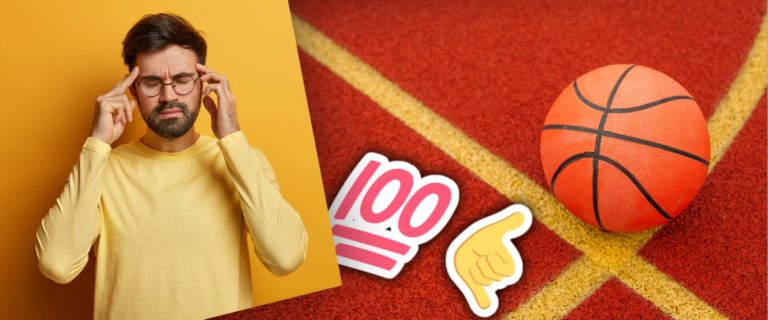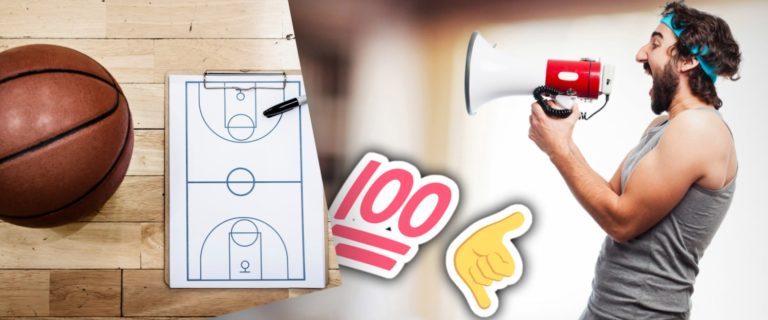Playing Center in Basketball: Tips To Thrive
Center is the player in basketball that typically stands under the basket.
This player carries a heavy responsibility because they are typically tasked with guarding the center of the other team and must recover any missed shots.
Even though being a center can be challenging, you can still succeed in this role. What a center performs in basketball will be covered in this article on how to excel as one, as well as some of our all-time favorite centers!
What Does a Center Do in Basketball?
The Center is usually the tallest person on a team and is responsible for protecting the rim of their team’s basket. He or she is also in charge of regaining any missed shots that land in or close to the basket. The center frequently creates screens to give teammates clear views of their own scoring possibilities!
Control Your Emotions
Being able to maintain emotional control during tense games is essential for center players in basketball. If you give in to your emotions, it could negatively affect your game by leading to bad fouls committed against other players or a lack of focus when grabbing rebounds.
However, this doesn’t mean if you are having fun out there then you aren’t working hard enough! Have some positive energy throughout each game so that way even if something goes wrong, you will be ready for anything else that comes your way.
The Center position in basketball is one of the most important ones on a team, especially if they are good at their job! Keep reading to find out more tips on what it takes to thrive as a center in basketball. You’ll also get to know some great centers throughout history that you need to know about.
How Do You Play as a Center?
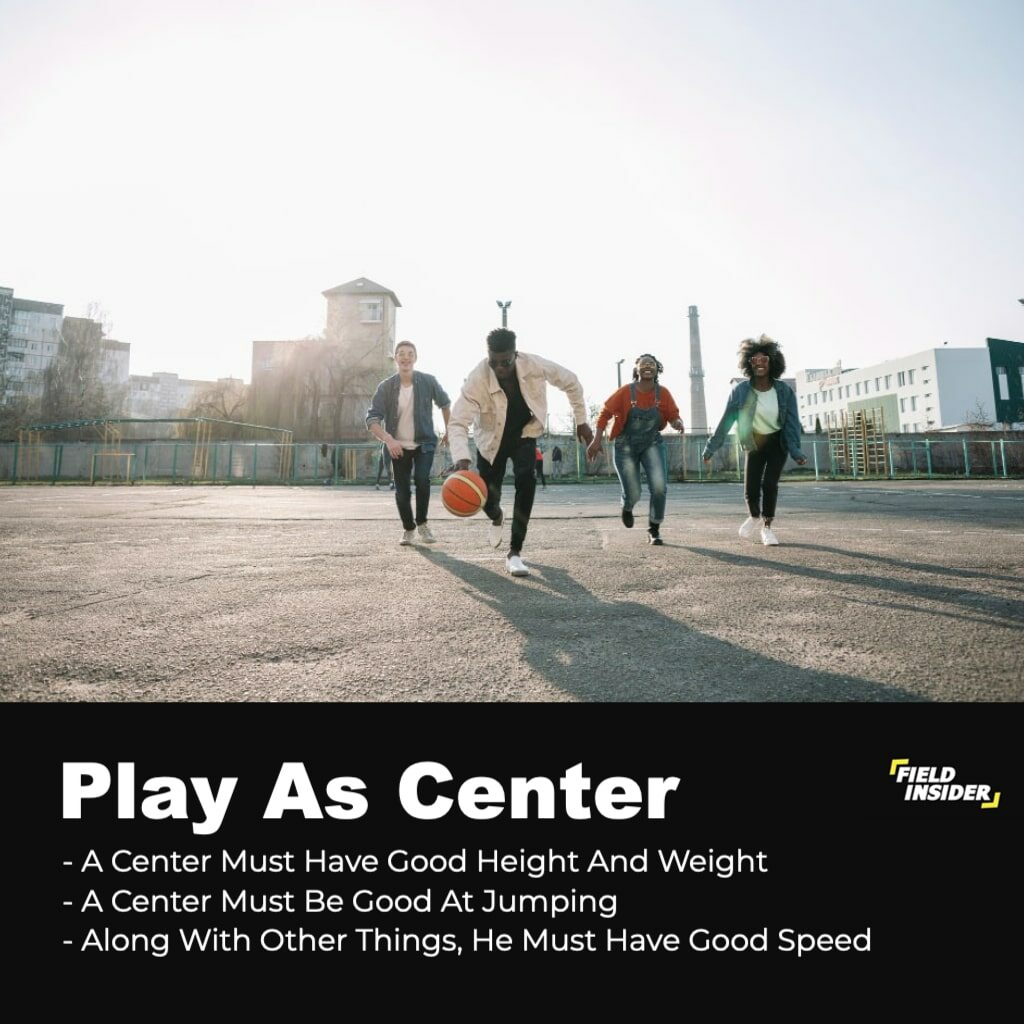
Height and Weight
The center position in basketball is key to a team’s success. To play this role well, you need good height and weight for the job. You also want to have strong legs from all of that running up and down the court!
Jump High!
In addition, being able to jump high helps out a lot when it comes down near the hoop during games or trying to get rebounds off missed shots. It also doesn’t hurt if you are tall enough where players don’t block your vision while passing by them on offense too!
Speed (and agility) Helps
While being big helps play center in basketball, having speed can be just as important so you aren’t limited on getting up and down the court throughout each game either. Some centers even do better when they are fast enough to play guard.
So being able to dribble down the court quickly can give them more options when it comes time for scoring.
It’s also important to be agile on the floor as most guard or teams target slow-footed centers in the pick and roll. It’s a big advantage if a center is able to move their feet quickly, shuffle it properly, and recover with lateral movements so they wouldn’t be a liability to a team’s defense.
There are a lot of different things that you need to be an effective center on your team! We have talked about what makes you tall and strong as well as fast enough where playing guard is easier too.
Outside shooting is a plus
Contrary to popular belief that Centers must only live inside the paint, current basketball evolution showed us that Power Forwards can also make shots from the outside.
A stretch five (sometimes called a stretch big) is a player at the power forward position that can shoot farther from the basket than a conventional power forward. “Stretch” describes the effect such a player has on the opposition defense, and the power forward position is also known as the “four”; hence “stretch four”.
A stretch five is a player that is of Center size but has superior shooting skills (especially three-point field goals), spending more of their time away from the basket. While using these skills on offense, the player retains the ability to defend the opposing bigmen.
Stretch fives are tactically employed in this way to “stretch” the opponent’s defense. The ability to score a high percentage of catch-and-shoot three-point shots from distance (the distinct feature of a stretch four) causes defensive problems for the opposing team, as it pulls the opposing
A short-list of the present stretch fives are as follows:
- Nikola Jokic
- Joel Embiid
- Anthony Davis
- Karl-Anthony Towns
- Kristaps Porzingis
There are many more good shooting Centers in the NBA but these 5 players above are player who shot the ball outside efficiently.
Becoming a Center in Basketball
As previously stated, a center’s job on the court during games includes scoring points, grabbing rebounds, and playing defense too! It might seem like an easy position to play but there is so much more than meets the eye. Where one mistake can cost you or your teammates big time.
The best centers are tall and skilled, which gives them an advantage over their opponents. They should also be able to run up and down stairs without getting exhausted. basketball!
The first step into becoming a center is finding out if you even want to play that role because not everyone has what it takes physically which makes sense, However, if you think this is a position for you then the next step would be to find a good coach who can help teach and train what it takes to play center.
Surround yourself with people who love basketball too because they will not only motivate but also push you to get better which makes perfect sense! The more practice that one puts into something like playing center on the court; then the more skilled he or she will become at said role–networking with others is key here.
It makes sense that the first stage in becoming a center is determining whether you are physically capable of being one, having the natural height and weight to match up with other centers. You the have to ask yourself if you even want to play that position. If you decide it is a good fit for you, the next step is to locate a skilled coach who can help you learn and train the skills necessary to play center.
It makes perfect sense to surround yourself with basketball-loving people since they will inspire and encourage you to improve. The more one practices a certain ability, such as playing center on the court, the more adept they will become at it; networking with other players is essential in this regard.
Should I Be a Center?
Whether you become a center in basketball or not is completely up to you! You can’t be a center if you aren’t tall enough, so being big helps for this position. Also, having quick feet and hands is necessary too along with the good vision that way no shots go by undefended when scouting out the court during games.
Why not give it a try if all of these things sound like they would be of interest to you? Enjoy some pickup basketball games with your buddies at home where nobody has to feel self-conscious about how they perform because everyone enjoys it!
If nothing else comes from your experience, at least now you will know what it takes to play center in basketball which might help later on down the line as well!
Now let’s move on to the next part, Field Insider’s top three centers in basketball history. The best to ever do it, in our opinion.
The Best Centers in Basketball History!

Shaquille O’Neal
Undoubtedly, one of the best centers in basketball history is Shaquille O’Neal. This man stands tall at seven feet and one inch, making him a very intimidating center to play against!
Some of his accomplishments throughout the years include winning four championships with three different teams, having one NBA MVP award, and being selected to 15 All-Star games!
Shaquille O’Neal is a center that many players will look up to in terms of success. He has done it all on several occasions throughout history which makes him not only one of the best centers in basketball but also overall too!
Kareem Abdul-Jabbar
Another center that helped shape the game of basketball is Kareem Abdul-Jabbar. This man was a champion six times in his career, being selected to 19 All-Star games and winning six NBA MVP awards throughout history!
He not only contributed to the success of several teams over the years, but he also left behind an incredible legacy for players of the present. With 38,387 point Kareem is the second greatest scorer in NBA history since Lebron just passed him recently, making him one of the best centers to ever play the game we all like.
Wilt Chamberlain
Wilt “The Stilt” Chamberlain is last but surely not least. He was one of the best big men ever since, after retiring from the sport, his career average of over 30 points per game put him behind Michael Jordan as the second-best player of all time.
This center has titles under his belt, being an All-Star fifteen times and winning four MVP awards throughout history too!
He also had 22 rebounds per game, which means this guy knew how to get down low for rebounds and how to score when he had the ball.
In terms of achievements, it might be hard to compete with a man who averaged over 50 points per game in one season during the 1961-1962 season–something that has only been done by two other players so far!
This man was a force to be reckoned with on the court; however, he is not only known for his amazing skills but also for having one of the best personalities too. He will always go down as one of the greatest centers ever who had both an incredible skillset and personality which made him even more lovable!

Conclusion
If you’re interested in learning what it takes to play center then we hope this blog post helped out! We hope you enjoyed this blog post on how to play center in basketball! If that sounds like something that interests you then why don’t give it a go?
We’ve also given our top three centers in basketball history; Shaquille O’Neil, Kareem Abdul-Jabbar, and Wilt Chamberlain. Got any others that deserve a mention? Let us know below!


